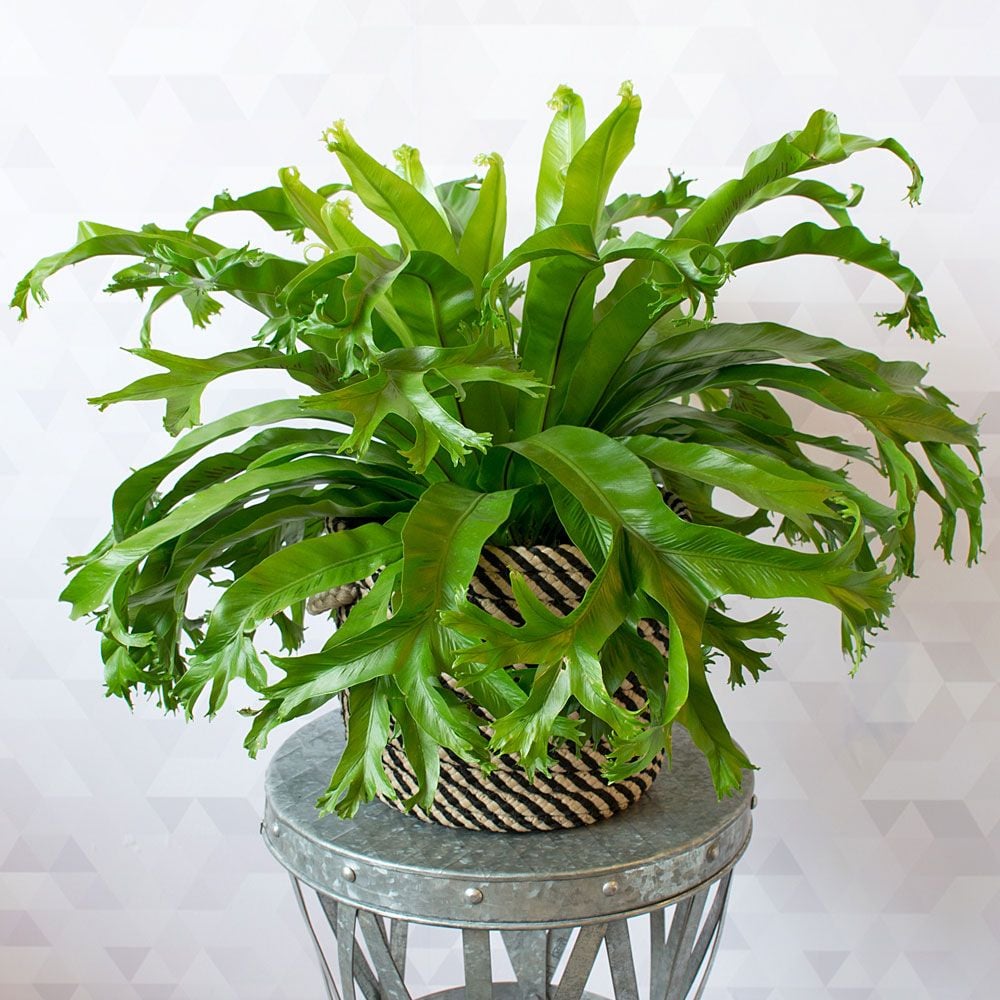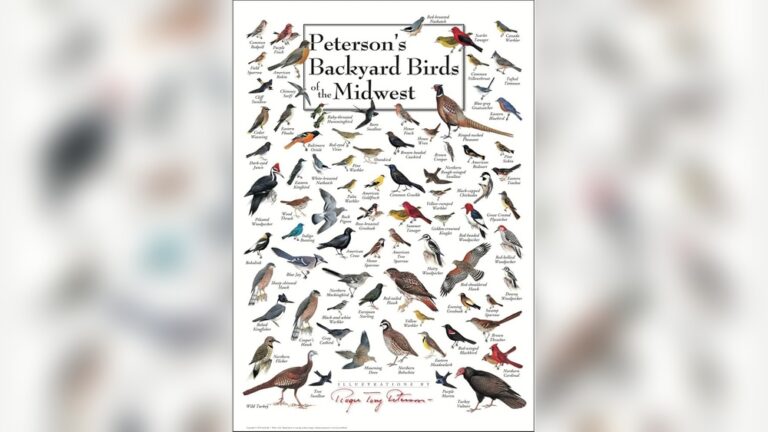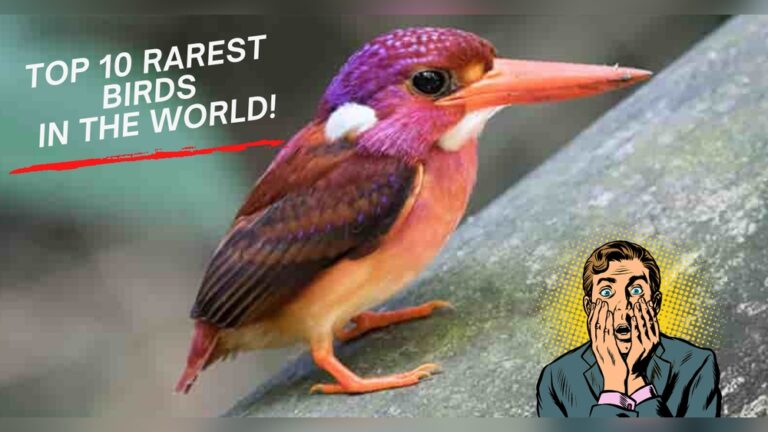Birds Nest Fern Varieties
Are you looking to add a touch of lush green beauty to your home or garden? Birds Nest Ferns are a perfect choice.
These unique plants bring a fresh, tropical vibe with their bright, wavy fronds. But did you know there are several varieties of Birds Nest Ferns, each with its own charm? Knowing the differences can help you pick the one that fits your space and style perfectly.
Keep reading to discover the most popular Birds Nest Fern varieties and find out which one will brighten up your space the best.
:max_bytes(150000):strip_icc()/birds-nest-fern-GettyImages-892042450-0367a42f96744aa7baf0a1486f8975e9.jpg)
Credit: www.realsimple.com
Common Types
Birds Nest Ferns come in several popular types. Each type has its own look and care needs. Knowing the differences helps you pick the right plant for your home. These varieties are easy to grow and bring a fresh green touch indoors.
Asplenium Nidus
Asplenium Nidus is the classic Birds Nest Fern. It has wide, smooth fronds that grow in a rosette shape. The leaves are bright green and shiny. This type likes indirect light and moist soil. It adds a tropical feel to any room.
Asplenium Antiquum
Asplenium Antiquum looks similar to Asplenium Nidus but has wavy leaf edges. Its fronds are longer and more textured. This variety grows well in low light. It needs regular watering but not too much. Perfect for beginners who want a lush fern.
Asplenium Crissie
Asplenium Crissie has narrow, curly leaves that give a unique look. The fronds are bright green and twist slightly. It thrives in medium light and prefers high humidity. This fern adds a delicate touch to shelves or tables.
Asplenium Shibori
Asplenium Shibori stands out with its blue-green fronds. The leaves have a leathery texture and grow upright. It enjoys bright, indirect light and moist soil. This type is great for adding color contrast in plant collections.
Rare Varieties
Birds Nest Ferns come in many types. Some are common in homes. Rare varieties stand out with unique looks and care needs. These ferns attract plant lovers who want something special. They add a fresh and exotic feel to any space. Let’s explore two rare kinds that you might not know.
Asplenium Bulbiferum
Asplenium Bulbiferum is also called the Mother Fern. It grows small plantlets on its fronds. These plantlets can grow into new ferns. This makes it easy to multiply the plant. The leaves are bright green and shiny. It prefers moist, shady places. This fern has a delicate look but is tough to grow.
Asplenium Australasicum
Asplenium Australasicum is known as the Bird’s Nest Fern. It has wide, wavy fronds that form a nest shape. The leaves are thick and dark green. This fern grows bigger than most Birds Nest types. It loves humid, warm spots with indirect light. This variety is great for adding bold greenery indoors.
Leaf Shapes And Sizes
Birds Nest Ferns have a variety of leaf shapes and sizes. Their leaves create different looks and textures in your home or garden. Understanding these differences helps you choose the right fern for your space. Each type adds its own charm and style.
Leaves can be broad or narrow, long or short. Some have smooth edges, while others have wavy or ruffled borders. These unique leaf features give each variety its special appeal.
Wavy Edges
Some Birds Nest Ferns have leaves with soft, wavy edges. These edges add a delicate, flowing feel to the plant. The waves catch light in interesting ways, making the leaves stand out. These ferns often look lively and graceful.
Smooth Edges
Other varieties show leaves with smooth, clean edges. These leaves appear neat and simple. Smooth edges give the fern a modern and tidy look. They work well in minimalist or formal plant arrangements.
Large Leaves
Certain Birds Nest Ferns grow large leaves that make a bold statement. Big leaves fill space quickly and create a lush atmosphere. These ferns are perfect for brightening up a corner or adding green to larger rooms.
Compact Forms
Compact Birds Nest Ferns have smaller, dense leaves. They fit well in tight spaces like desks or shelves. These ferns are easy to care for and still bring a fresh, green touch. Ideal for small apartments or office settings.
Color Variations
Birds Nest Ferns are popular houseplants known for their unique leaf shapes and colors. Their color variations add charm to any space. These ferns come in different shades, making each variety special and eye-catching. Understanding these colors helps you choose the perfect fern for your home or office.
Deep Green
The most common Birds Nest Fern displays deep green leaves. These leaves are rich and vibrant. They bring a fresh, natural feel to any room. The deep green color is uniform and glossy. It shows the plant’s health and vitality clearly.
Variegated Patterns
Some Birds Nest Ferns have variegated leaves. This means their leaves show two or more colors. Usually, green mixes with creamy white or yellow. These patterns create a striking look. Each leaf has a unique design, making the plant stand out.
Silver Tones
Silver tones give Birds Nest Ferns a soft, elegant look. These ferns have a silvery sheen on their leaves. The effect is subtle but beautiful. Silver tones blend well with modern and minimalist decor. They add a cool touch without overpowering the space.
Growing Conditions
Birds Nest Ferns thrive best under specific growing conditions. Understanding these needs helps your plant stay healthy and grow well. Each variety may have slight differences, but the basics remain the same.
Proper light, humidity, and soil play key roles in the plant’s success. Meeting these needs ensures lush, vibrant fronds. Let’s explore these conditions in detail.
Light Requirements
Birds Nest Ferns prefer indirect light. Bright, filtered light works well. Avoid direct sunlight; it can burn the leaves. Low light conditions are also tolerated but slow growth. Find a spot with gentle, natural light.
Humidity Needs
These ferns love humidity. High humidity keeps the leaves soft and healthy. Aim for at least 50% humidity around the plant. Use a humidifier or place the pot on a water tray with pebbles. Mist the leaves occasionally to raise moisture.
Soil Preferences
Birds Nest Ferns need well-draining soil. A mix rich in organic matter works best. Use peat, bark, and perlite for good drainage. Avoid heavy or compact soils. Keep the soil moist but not soggy. Good soil helps prevent root rot.

Credit: www.whiteflowerfarm.com
Care Tips For Different Varieties
Birds Nest Ferns come in many types. Each variety needs special care to thrive. These tips help keep your fern healthy and green. Follow simple steps for watering, feeding, and pest control. Your plant will look its best all year.
Watering Guidelines
Birds Nest Ferns like moist soil. Water them once the top inch feels dry. Avoid letting water sit in the center rosette. Different varieties may need more or less water. Tropical types need extra humidity. Use room temperature water for best results.
Fertilizing Tips
Feed your fern monthly during growing season. Use a balanced, water-soluble fertilizer diluted to half strength. Avoid over-fertilizing; it can harm the plant. Some varieties grow slower and need less fertilizer. Stop feeding in winter when growth slows down.
Pest Management
Check your fern regularly for pests like scale and mealybugs. Wipe leaves with a damp cloth to remove dust and bugs. Use insecticidal soap for infestations. Keep the plant clean and avoid overcrowding. Healthy plants resist pests better.

Credit: www.healthyhouseplants.com
How Smart Pets Lover Can Help You with Birds Nest Fern Varieties
Discovering Birds Nest Fern Varieties Through Hands-On Learning
Understanding the diverse leaf shapes and sizes of Birds Nest Fern varieties opens up a wonderful chance to engage practically with nature. Whether you’re nurturing a common type or experimenting with rare varieties, observing how color variations respond to different growing conditions can be deeply rewarding. As fellow pet and plant lovers at Smart Pets Lover know, caring for these ferns is much like caring for our animal companions — each variety has its own personality and needs.
- Try documenting how light and humidity affect your fern’s growth and coloration.
- Experiment with different soil mixes to find what suits your fern best.
- Note the subtle differences in leaf texture and form among varieties you encounter.
These hands-on experiences not only enhance your plant care skills but also deepen your connection with the living things around you — a feeling we cherish just as much as the wagging tails and chirping songs of our beloved pets. If you ever want to chat or need advice, Smart Pets Lover is here to support your journey with thoughtful, research-backed tips tailored to your needs.
Frequently Asked Questions
What Are The Most Popular Birds Nest Fern Varieties?
The popular birds nest fern varieties include Asplenium nidus, Asplenium australasicum, and Asplenium antiquum. Each variety varies in leaf size and shape but shares a rosette growth pattern. These types are common for indoor and tropical garden settings.
How Do Birds Nest Fern Varieties Differ In Appearance?
Birds nest fern varieties differ mainly in leaf texture and size. Some have broad, wavy fronds, while others show narrow or deeply lobed leaves. Color variations range from bright green to dark green, adding unique visual interest to each variety.
Which Birds Nest Fern Variety Is Best For Indoor Growth?
Asplenium nidus is the best birds nest fern for indoor growth. It tolerates low light and thrives in humid environments. This variety is easy to care for and adds lush greenery to indoor spaces.
Can Birds Nest Ferns Adapt To Different Climates?
Yes, birds nest ferns adapt well to tropical and subtropical climates. They prefer warm temperatures and high humidity but can tolerate moderate shade. Proper watering and humidity control help them thrive in various environments.
Conclusion
Birds nest ferns come in many beautiful types. Each variety has unique leaves and shapes. They grow well indoors with little care. These ferns add green life to any space. Choose the type that fits your style best. Enjoy the fresh look and easy care they bring.
Birds nest ferns brighten homes and offices alike. Try one and see how it changes your room. Simple plants can make a big difference. Happy planting!







